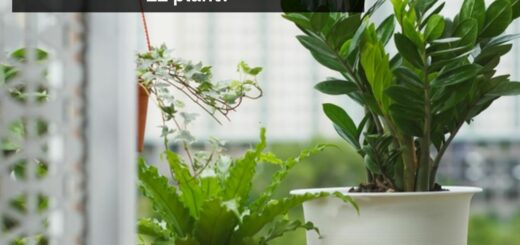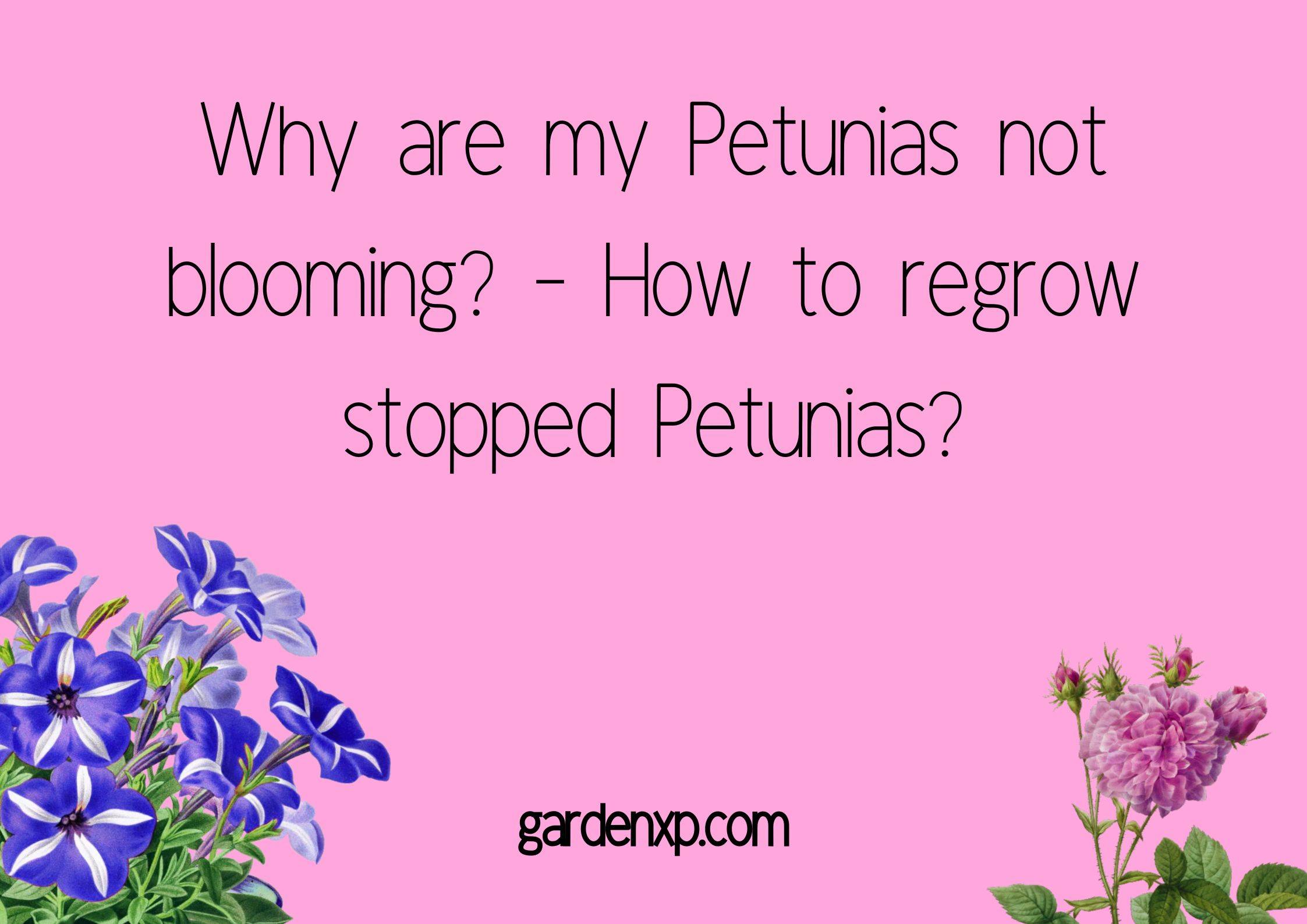ZZ Plant Varieties (with Pictures) – Best ZZ Varieties to Grow
If you love the ZZ plants, then here are some beautiful ZZ Plant Varieties. Home gardening is becoming more common day by day. People are now loving cultivating plants and want to live closer to nature. One of the famous varieties of household plants is ZZ plants.
Quick takeaways:
- ZZ plants create a healthy and beautiful environment in their surroundings.
- There are so many varieties of plants that are part of the ZZ family. With so many options people are sometimes confused about which would be the best plant for them.
- Some of the ZZ Plant Varieties are Raven, Lucky Giant, ZZ Supernova and many more explained below.
If you are looking for the best ZZ plant to grow then you must go through this article once. We will discuss facts related to ZZ plants and also describe the most famous and best varieties to grow.
About ZZ Plants
These plant species are the best also because they do not need any special maintenance. The ZZ plant is a member of the flowering plant genus Zamioculcas, which is part of the Araceae family. In the beginning, only the green ZZ plant was famous but now there are so many options.
These are best for those people who have a busy lifestyle. They can be grown in low light conditions, and no need to worry about frequent watering but avoid overwatering. South Africa and Eastern Africa are the original home of ZZ plants. They flourish in woodlands, dry meadows, and near riverbanks.
They are very common species of plants. People are mostly confused and they face problems in recognizing ZZ plants. The easy method to distinguish these plants from the other ones is you just need to notice some of the characteristics of ZZ plants. Basic characteristics that will help you to make a difference are given below:
- It is an evergreen plant and has the best feature of resisting drought.
- Cream-colored flowers bloom after the plant gets mature.
- It grows slowly (3-5 years). When grown indoors in low- to medium-light conditions, it may reach heights of 2-4 inches and a width of three feet.
- The leaves of some ZZ plant kinds might become black.
“The best friend on earth of man is the tree. When we use the tree respectfully and economically, we have one of the greatest resources on the earth.”
– By Frank Lloyd Wright
ZZ Plant Varieties – Best ZZ Varieties to grow
In the above section, you have read about the ZZ plant. There are so many varieties of ZZ plants that make it difficult for a person to choose which one he should grow. Many people were asking similar questions related to the best varieties to grow.
So, here we will discuss some of the famous and best varieties of the ZZ plant without describing every variety so that you can get all the best options available and it will become easier for you to choose.
1. Raven
This comes very first in the category of ZZ plants. These species are also known as dark beauty. From the name itself, you can make the idea that the leaves of the Raven plant turn from light green to dark green or almost black in the presence of low light.
For this reason, they are also one of the best black indoor plants. They are best grown in an average humid atmosphere(40%-60%) and need to be placed in dim light. Water them only when the soil gets dry.
2. Dwarf ZZ plant
This is also known as the Zenzi plant. These are best for those people who do not want their plants to occupy much space. Simply these plant species are best for small spaces and are grown with dwarf habit conditions.
Because of its dwarf status, its glossy leaflets pack together on its rachis, giving the impression that it is thicker. They can easily be grown wherever you want and can tolerate fluorescent light.
They need average watering, a minimum of three weeks. These species only grow up to ten inches and look very decorative due to their dark leaves.
3. Variegata
Variegata or Zamioculcas zamiifolia, from its rhizomes, greenish-creamy golden glossy leaves rise in a clump. It can spread out and grow to a height of 2-3 feet. Its drought resistance makes it a great plant for xeriscaping, a technique for conserving water in landscaping.
These also come in two categories that are Gold and White Variegata. They only differ in the color of the leaves. It needs potting soil that drains quickly and is well-aerated (pH of 5.6-7.5) and is best grown at an average temperature with a 40% humidity level in the atmosphere.
4. Lucky Giant
Compared to other “lucky” cultivars, Lucky Giant boasts bigger and longer leaves. They are among the greatest ZZ plant kinds due to their glossy, mid-green leaves. The best point of these plants is they don’t need too much care.
Even if you are lazy and forget to give your plant water from time to time then also these plants are grown well. Its foliage structure brings life to your room where you place it.
5. Lucky Classic
Lucky Classic’s leaves resemble feathers and are rounder than those of other ZZ varieties. They resemble the common variety in that they are medium-dark green, glossy, and meaty. Spring and summer are potential blooming seasons for their blooms.
They are best grown in partial light and are drought-resistant. You don’t need to water them often, just water them whenever the soil gets completely dry.
6. ZZ jungle warrior
This plant is similar to the Raven or Dark beauty species. The distribution networks are the primary area of distinction.
The Raven is sold in retailers across North America and Europe, whereas the Jungle Warrior is mostly available in Australia.
7. ZZ supernova
One of the ZZ raven plant’s siblings is the ZZ supernova. They were both born in Africa. Another name for it is ZZ raven purple-black.
This can reach a height of about 30 inches. It takes years for the plant, which grows slowly, to reach the ideal height.
8. ZZ Bitkisi
Since the bitkisi variety’s height is just about 30 inches, it is not as lengthy. It may be adjusted to fit in any location in your space.
It is a moderately tall, fleshy stem with the ability to store water in its strong cells. Normally green leaves eventually turn a dark green tint as they mature.
9. ZZ Whipped Cream
This species of ZZ plant is very rare to find. It is a beautiful plant that grows to a height of around 2.5 to 3 feet.
Stems are useful for plant reproduction and drought resistance. White and light green describe the leaf color.
10. Zamicro
You can take this as an alternative to the Raven variety. If you want that dark theme plant just like Raven but in a compact size then you can choose this Zamicro ZZ plant. This cultivar’s leaves normally don’t rise higher than 16 inches (40 cm).
All the above-mentioned varieties of ZZ plants are the best and easy to grow. If you still have any doubt then we suggest you grow Variegata.
They are best for people who are somehow busy in their daily lifestyle and can’t invest much time in planting. The ZZ plant will look great in your house whether you’re a seasoned gardener or a total novice.
Concluding lines
In this guide, you understand that the ZZ plant is a member of the flowering plant genus Zamioculcas, which is part of the Araceae family. In the beginning, only the green ZZ plant was famous but now there are so many options. These are best for those people who have a busy lifestyle.
They can be grown in low light conditions, and no need to worry about frequent watering. South Africa and Eastern Africa are the original home of ZZ plants. They flourish in woodlands, dry meadows, and near riverbanks. Read the whole guide for its proper understanding.
Thanks for reading! Happy gardening!


